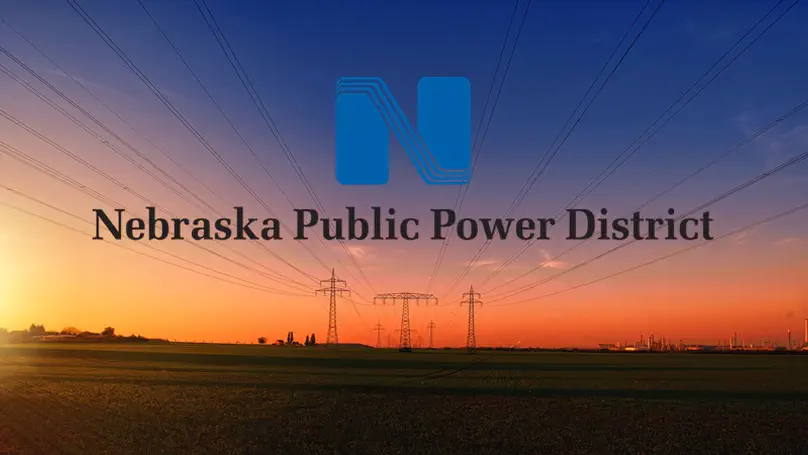The Netgroup at the School of Computing at University of Nebraska-Lincoln, works on broad areas of Networking research with focus on creating and building efficient, scalable, reliable, secure and cost-effective architectures and systems. Netgroup is working on a wide range of projects in the areas Networking and Security, with application to Optical Networks and Grids, Peer-to-Peer Networks, Software-Defined Networks, Wireless and Sensor Networks, Satellite Networks Network Security, and Secure Group Communication.

Latest News

Dr. Byrav Ramamurthy has secured a significant grant from the National Science Foundation (NSF) for his project, “Network Cyberinfrastructure Innovation with an Intelligent Real-Time Traffic Analysis Framework and Application-Aware Networking.”

Dr. Byrav Ramamurthy, in collaboration with Dr. Nirnimesh Ghose, has initiated a groundbreaking research project focused on enhancing the cybersecurity of smart grid infrastructures. Funded by the Nebraska Center for Energy Sciences Research (NCESR) and in partnership with the Nebraska Public Power District (NPPD).
